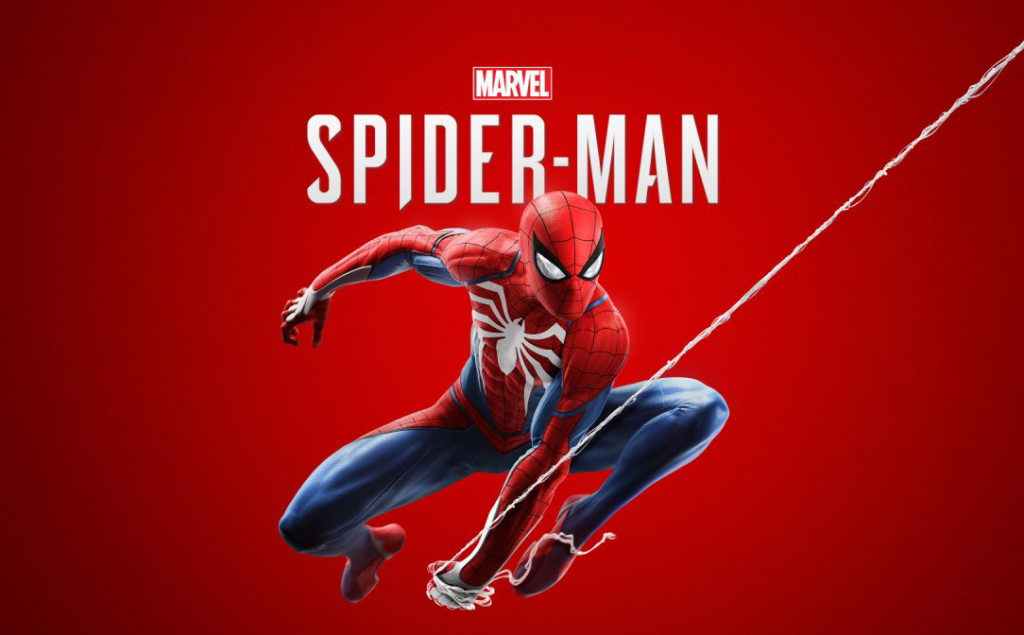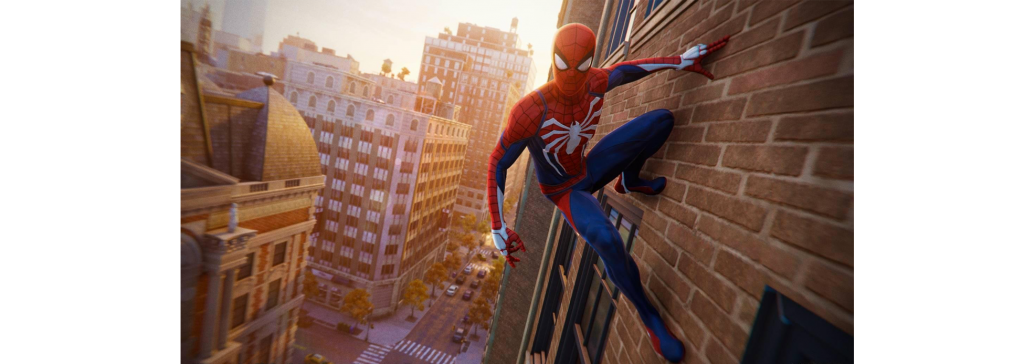
REVIEW: Marvel’s Spider-Man
36 years and over 30 games have gone by since Spider-Man first swung onto TV screens as a playable pixelated character. But despite a history almost as old as the game industry as a whole, the Spider-Man discography has been sorely missing a star player. Spider-Man has long been in need of a bespoke Arkham City: a game that, despite its flaws, truly embodies everything that makes its hero so timeless. Fortunately, Marvel’s Spider-Man is just that: a game that may be a bit rough in spots, but through its stylish combat, exciting traversal, and actually funny quips, reminds us why Spider-Man is the definitive friendly neighborhood super hero.

Spider-Man may have an abundance of powers, but web swinging is without a doubt his most unique and important trait. No other superhero lays claim to such a video-game-ready super power. And in Marvel’s Spider-Man, it’s easy to see why so many games have attempted to implement this mechanic. Flying through NYC at a million miles an hour while still having a sense of finesse and control makes you feel almost giddy, even if it can sometimes feel like the game is holding your hand. And since it’s so effortless to get around the city, the many, many collectables in the open world feel less like a chore, and more like a good excuse to practice your point launches. It does take a while for a lot of the side content to become available (over a third through the main story), but there is certainly enough to keep you busy between main story missions.
When you do decide to stop what you’re doing and fight whatever nearby crime you’ve just been alerted to, the game doesn’t lose pace for a second. The combat, which is based off of a combination of luchador, capoeira, and UFC moves, is as quick as Spider-Man himself. The combo system is entirely situational, which makes it feel more intuitive than systems that are based on memorization alone.

Aside from the gameplay mechanics, it’s the little details of the game that both make and break it. On one hand, you have all the stunning details that have been put into the world, like the fact that you can actually see into many of the windows in the city, and the delightful choice to have the attack button make Spider-Man wave and give high-fives to NPCs when he’s walking down the sidewalk. On the other hand, some of the side missions have quest-breaking bugs that only get solved when your save is reloaded, and some of the side content is repetitive and/or eye-rollingly over dramatic. There are just a few too many optional side missions where Spider-Man just happens to check on a specific piece of infrastructure right before it was going to kill hundreds, sometimes thousands, of New Yorkers.
But overall, the writing and pacing of the story is right on par with the rest of the superhero media storm we’re currently caught in. The game’s tone strikes a good balance between serious plot development and classically comical Spider-Man antics. And with the pure wish fulfillment that the game’s core mechanics provide, it’s hard not to enjoy your time as the chronically quippy vigilante. Despite its few flaws, it’s safe to say that Marvel’s Spider-Man has added a so-far definitive version of Spider-Man to game history.
